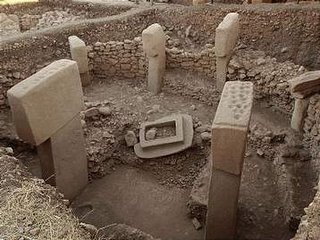
The First Temple in the History
in Kurdistan - "Land of God", "Gottesland"
Xirabresk, Girê navokê, Girê miradan, 'Göbekli tepe'
Sular durulandı, sisler dağıldı, zihinler açıldı ve.. Allah'ın Ülkesi Kürdistan yeniden gözlerin önüne çıktı
When Dr Klaus Schmidt from German Archeological Institute (DAI) was asked about the ethnic identity of those who built Göbekli Tepe, he said:
"Whoever lives in the area now, they built Göbekli Tepe."
Dr Klaus Schmidt is the archaeologist who first explored the site and initiated the excavations. Islamist Turkey tried to stop him.
DNA on skull skeletons found during excavations at the world's oldest temple in Göbekli Tepe turned out to be "the same as the local inhabitants"
In Kurdistan, "Kurds have lived since the earliest traceable BEGINNING during the Stone Age", says researcher historian Ferdinand Hennerbichler.

T-shaped columns which has recently been founded (2003) in Girê Xirabreşkê (Navokê) 'Gobekli Tepe' in Ruha is consedering belongs to the eldest temple in the world, Age over 11000 years
'
GIRÊ MIRADAN, turkarna lanserat Göbekli Tepe är en arkeologisk fyndplats i Kurdistan som är känd för att vara den äldsta religiösa templen som någonsin upptäckts. Daterad till omkring 10 000 f.Kr. Platsen är betydligt äldre än Stonehenge och de egyptiska pyramiderna och har därför omvärderat arkeologers förståelse för neolitiska människors civilisationer. Göbekli Tepe är framstående för sina stora cirkulära och rektangulära megalitiska strukturer, vars toppar är prydda med intrikata skulpturer av djur och abstrakta symboler. Upptäckten av Göbekli Tepe har lett till många spekulationer om den tidiga utvecklingen av organiserad religion, sociala hierarkier och mänskligt boende.
The First "Temple" in History

Now GÖBEKLİ TEPE IN KURDISTAN (12 thousand years old) is believed to be a remnant monument to warn future generations of meteorite impact disasters!
The monument was built shortly after the end of the ice age when a large meteorite impact struck North America approximately 12,800 years ago.
Search Graham Hancock's documentary about this topic.
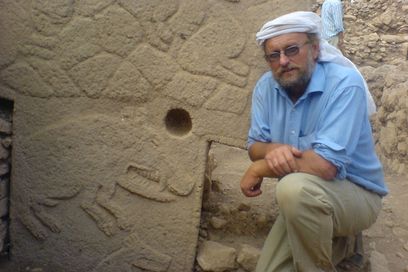
The archaeologist from the German Archeological Institute (DAI) Dr Klaus Schmidt has found this interesting place in the history of our civilisation.
The invador Islamo-Fascist Turkish state destroyed his excavetion and research works, he unforttunately passed away recently.
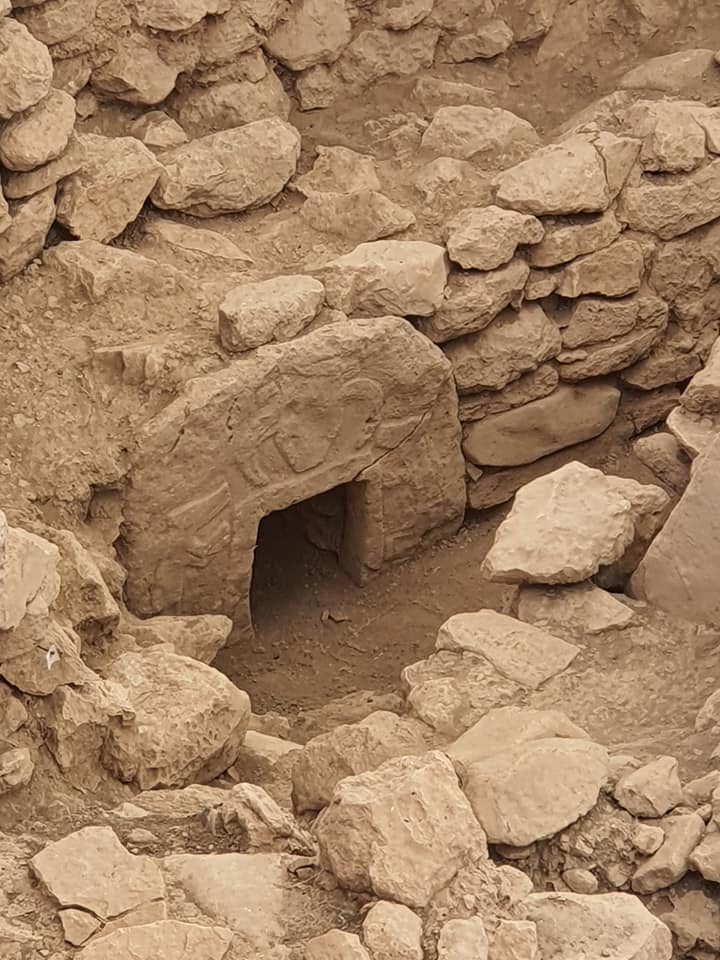
KÜRD & KÜRDİSTAN MEDENİYETİ TARİHİ göz kamaştırıcı güzelliktedir, bütün dünyayı ÇOK BÜYÜK şaşırtacaktır.
Emperyalist-Irkçı İngiliz-Alman ve Fransız arkeologların 1600-1800 yıllarında verdikleri hemen hemen bütün bilgiler çarpık ve eksiktir.
1600-1800 yüzyılın avrupalı sözde bilim adamları kendi kökenlerinden bile UTANIYORDU.
1000. yüzyılda ise işgalci-ırkçı İslam Halifeliği'nin kürdlere yönelik büyük bir tarih ve kültür tahrifi uygulanmıştır.
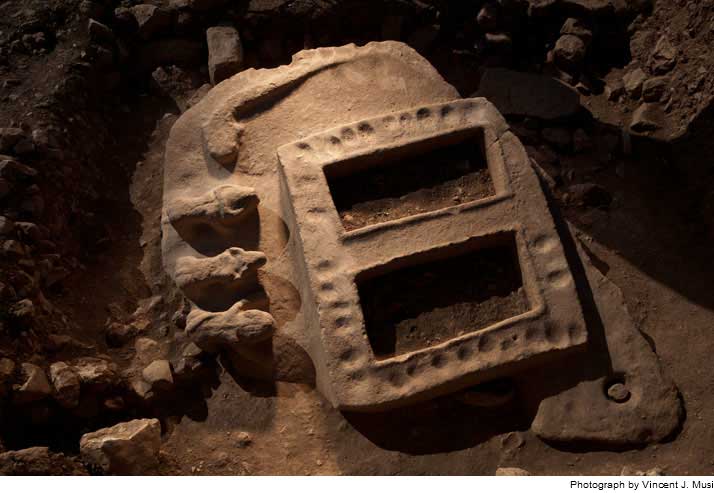
Göbeklitepe, kürdçe ismi Gire miraza, (dilek tepesi) çünkü bölgede yaşamış bütün halklar hangi dine mensup olursa bu mekanı kutsal bilip binyıllarca ordan medet umup dilek dilemiş.
Tapınak compleksi demenin asıl nedeni kazılmadan çok öncesinden kutsal bilinmesinden kaynaklıdır...
Göbeklitepe's Kurdish name is Gire miraza, (wishdom hill) because all the peoples who lived in the region, who belonged to whatever religion, considered this place sacred and hoped for help and made wishes from it for millennia.
The place was known as sacred long before it was excavated
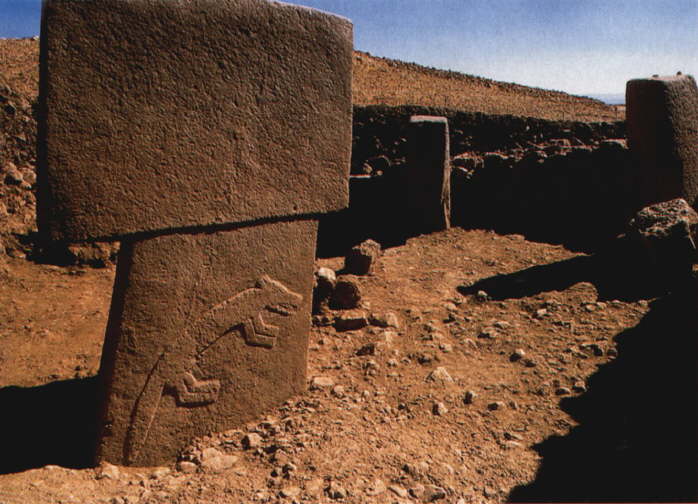
The eldest temple in the world is built by columns in 3 m high. On the stones there are holly picture sign - hieroglifs (communication system) - elder than the Egyptian hieroglifs
Click here to read more!
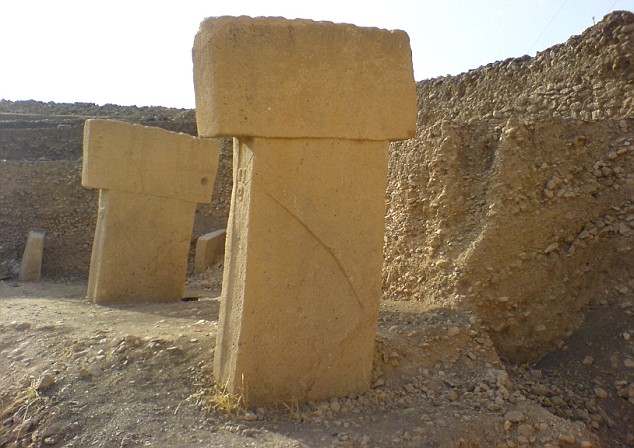
The site has been described as 'extraordinary' and 'the most important' site in the world
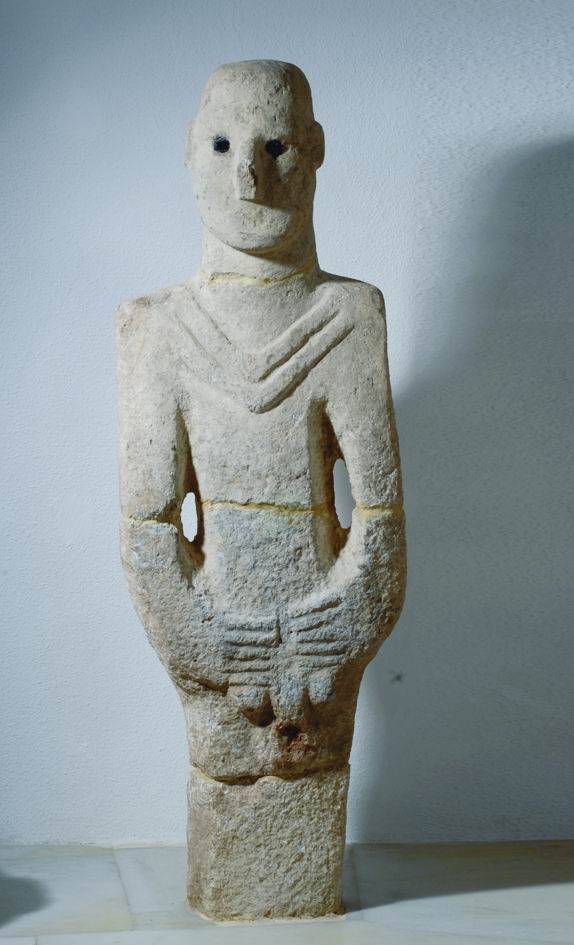
The worlds probably eldest statue has been found in this historical site. The statue is possibly the God of fertility because he is holding his pouch which has been considering the symbol of fertility in the ancient world. The arrow, the male sex organ and the first letter in the alphabet A. All these 3 things representing the higher powers "God" in the ancient society.
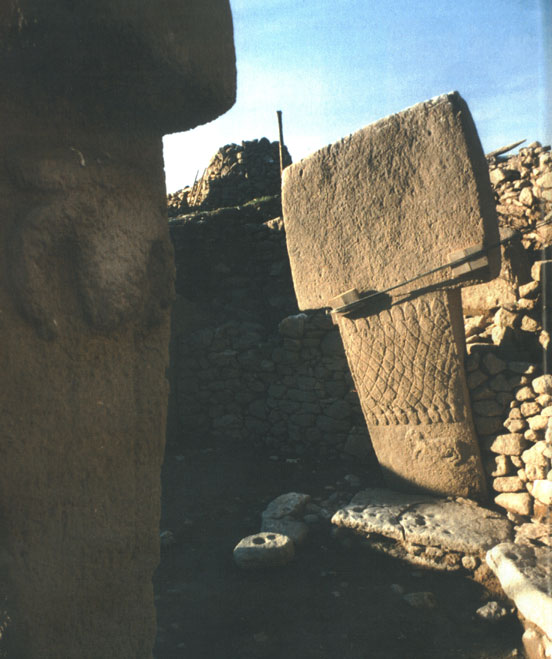
This building is consedering to be the eldest construction which has ever been built by ancient people

Whole the historical geografy of ancient Kurdistan (Northern Mesopotamia/Fertile Crescent) is considering to be the cradle of mankind
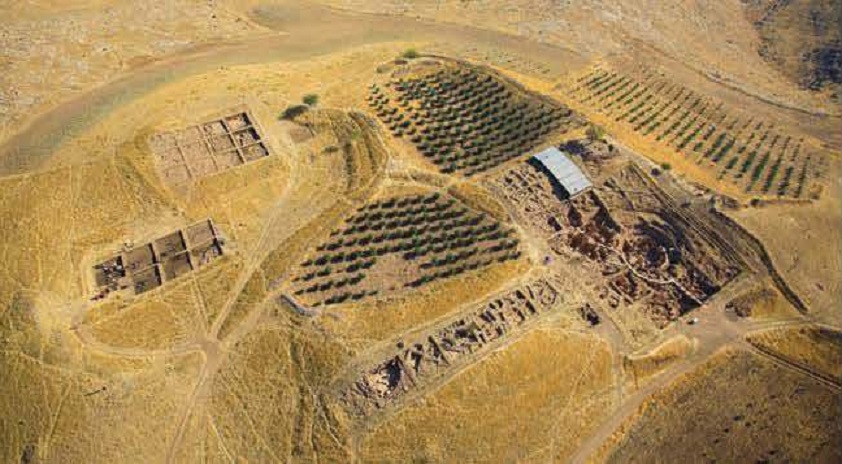
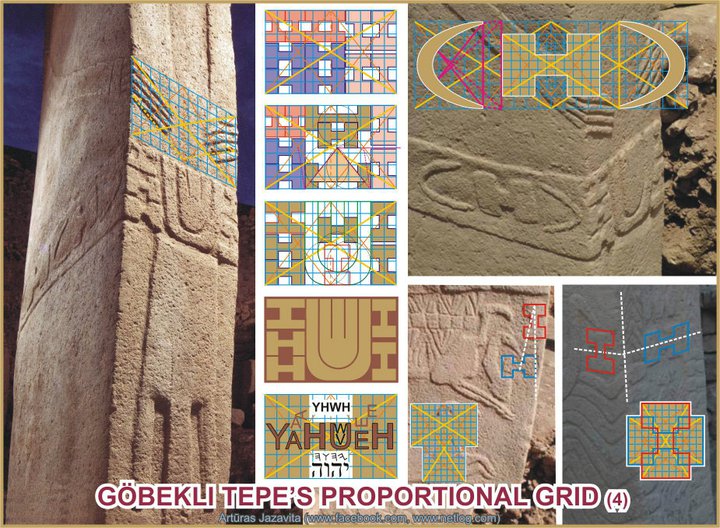

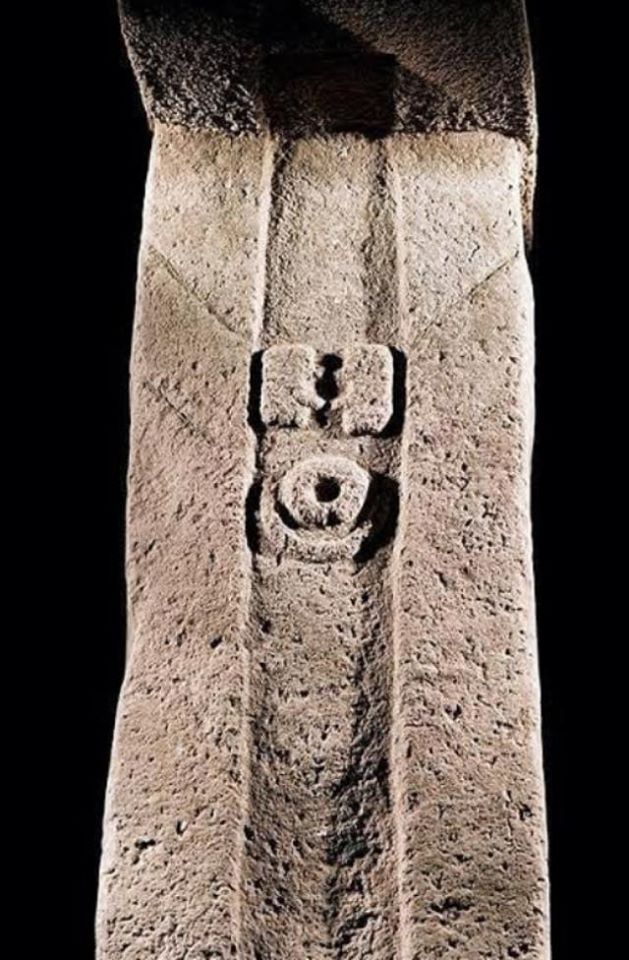
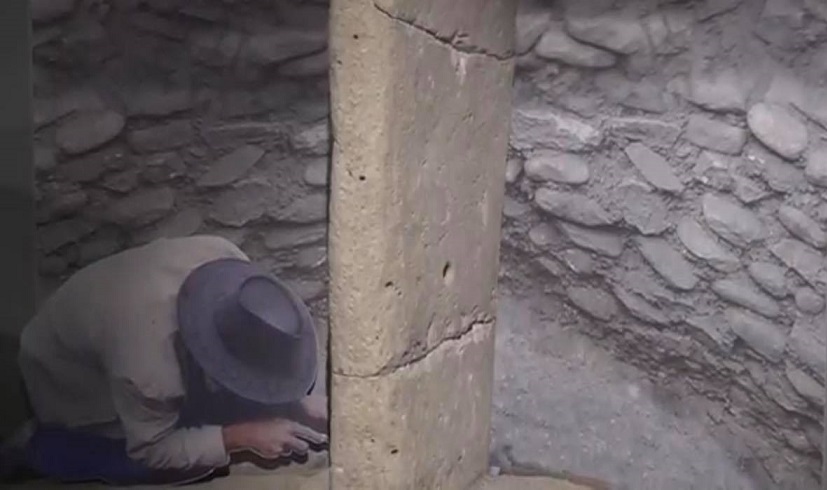
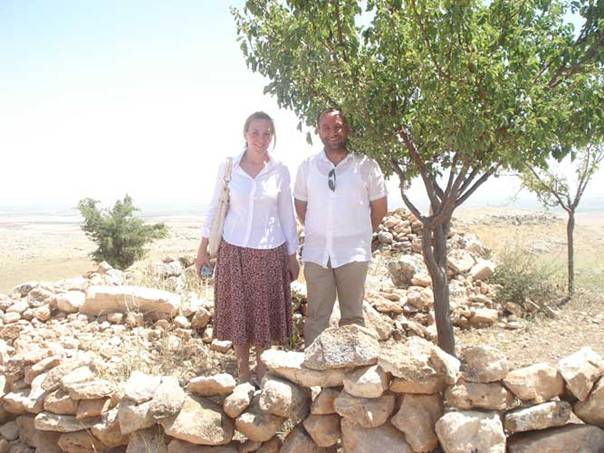
At the Holly Mountain of Bible: Since many thousand of years people has built heap of stones and planted threes on Girê Navokê because the place has been considered as a holly place. In the bible the place is mentioned as the Holly Mountain where the prophet Abraham has prayed for his allmighty God.
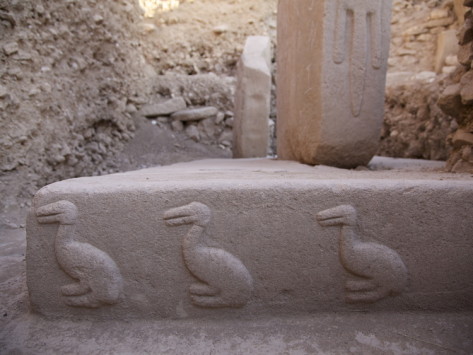
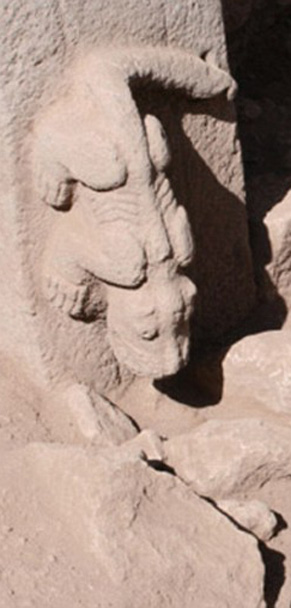
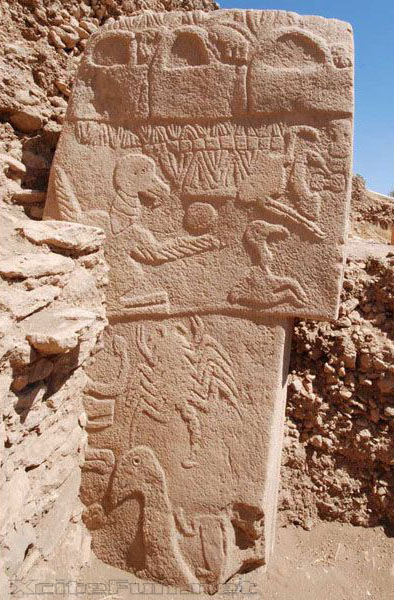
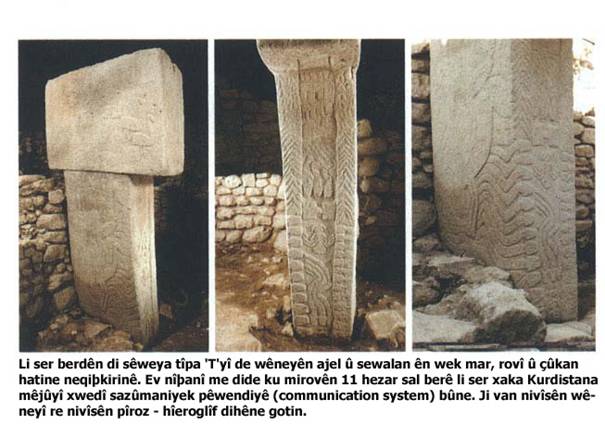
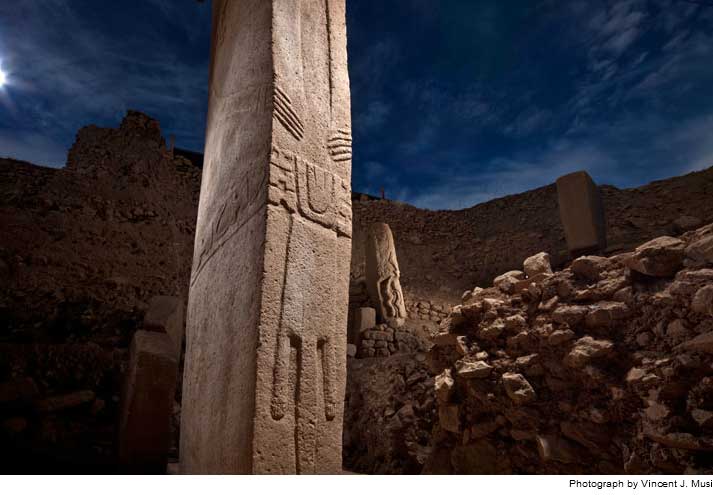
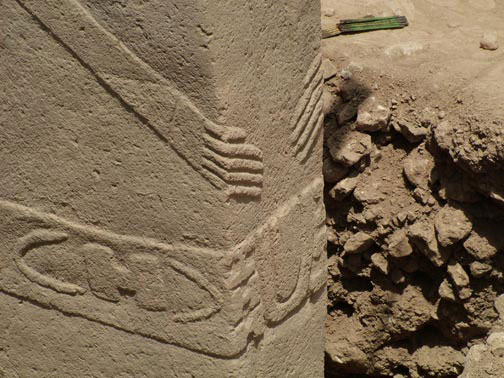
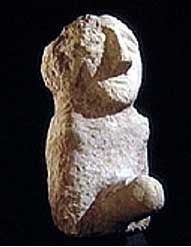
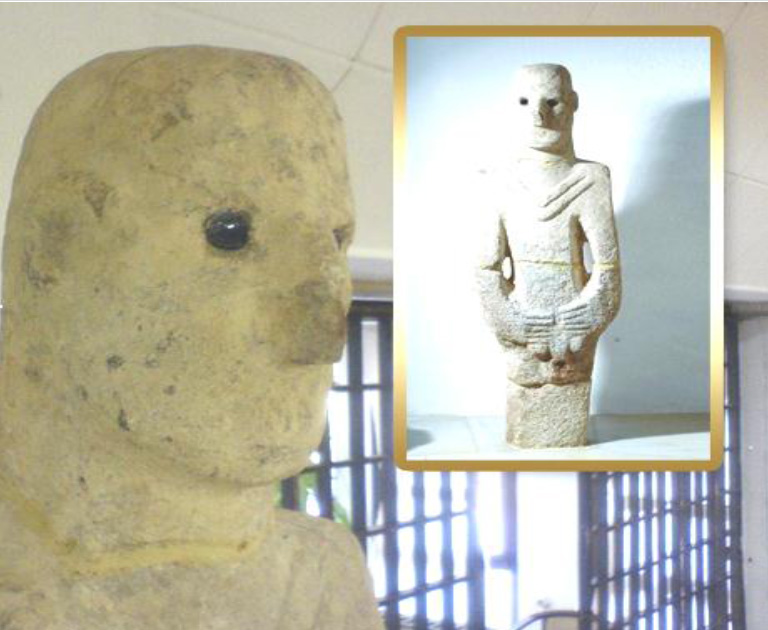
'Världens äldsta staty' hittat på den arkeologiska fyndplatsen
Världens äldsta staty hittades i "Göbekli Tepe" (sök på Google) i Urfa i norra Kurdistan.
-- På tre punkter (i ögonen och på ollonet) fanns tre helt vita blänkande stenar. Islamistiska turkarna tog ut dem och tystade ner Dr Klaus Schmidt från Det tyska arkeologiska institutet (DAI) som ledde utgrävningsprojektet på världens äldsta tempel som dateras hela 13 tusen år tillbaka i tiden.
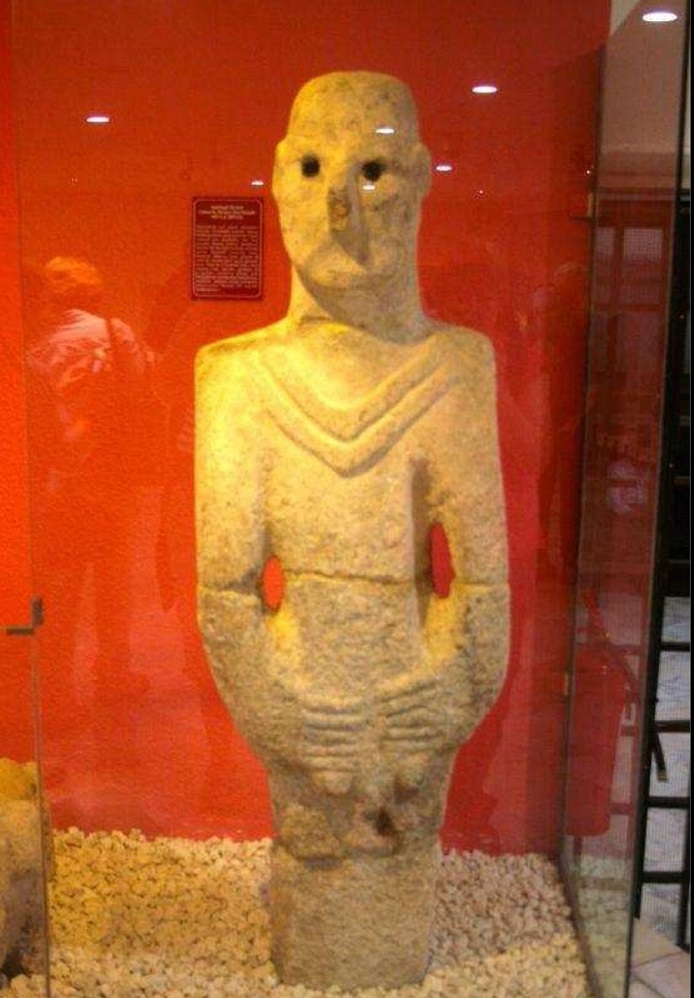
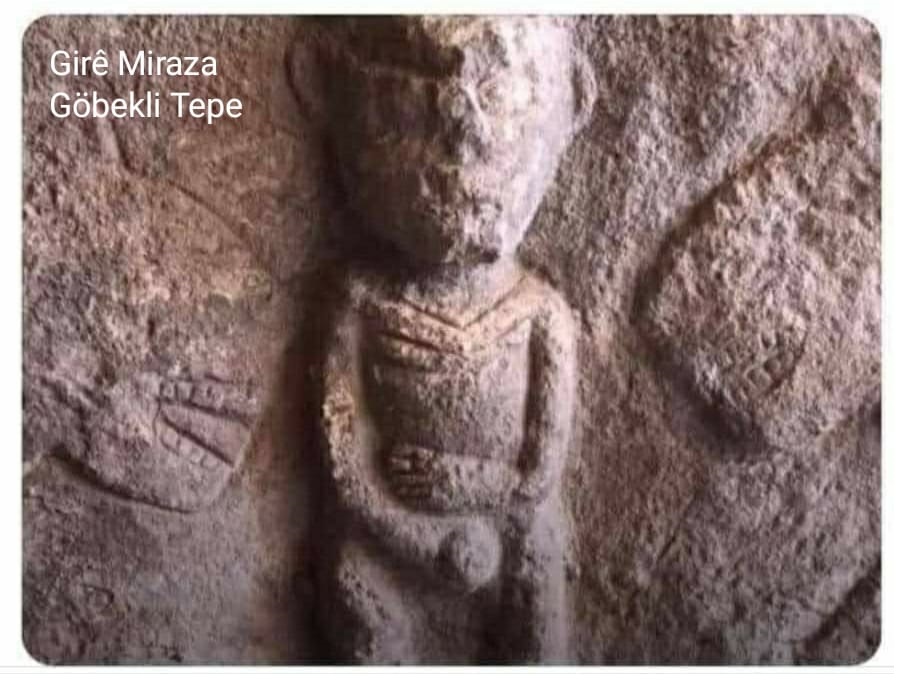
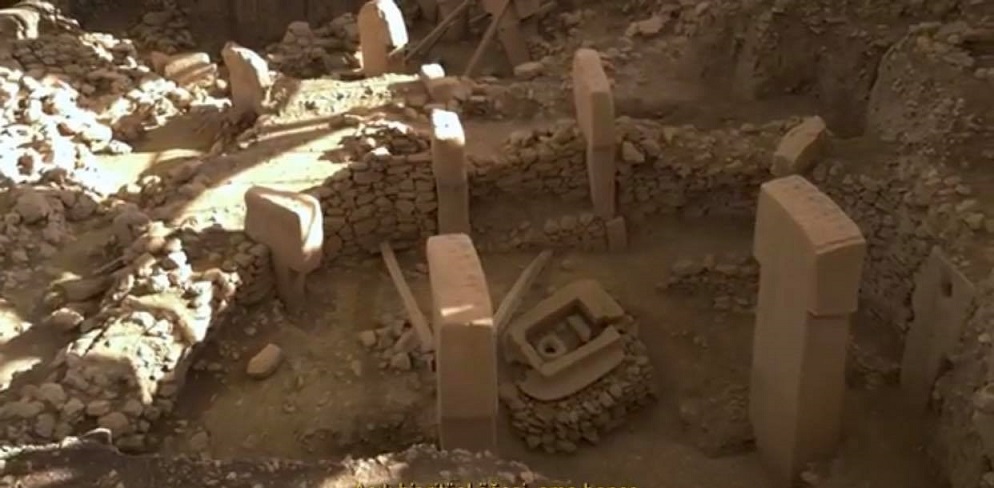
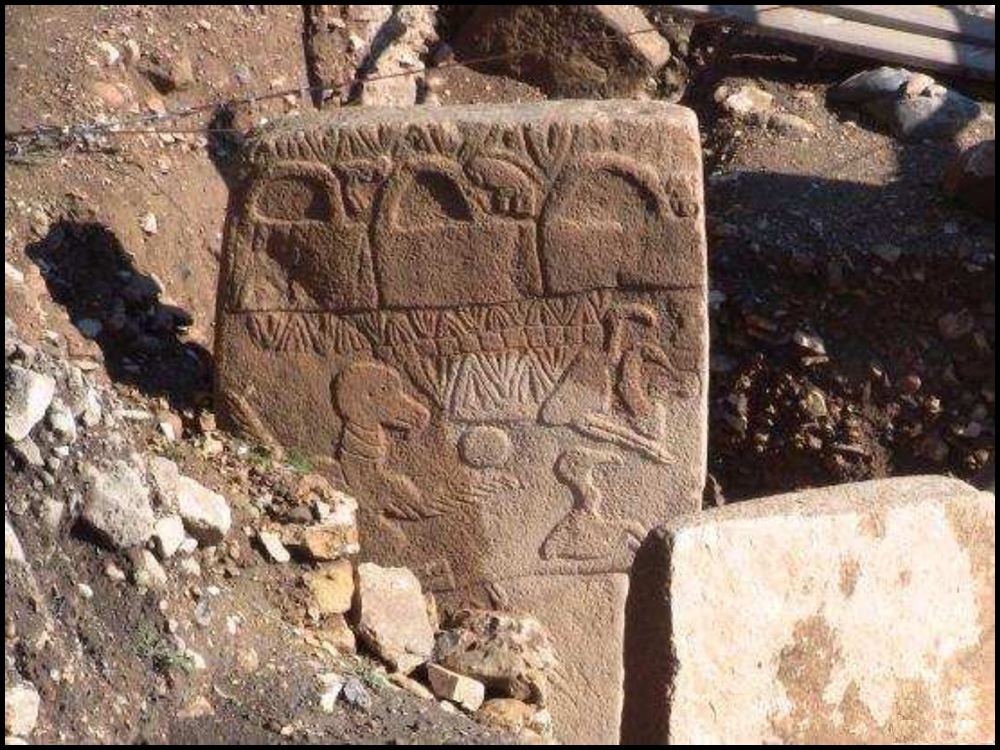
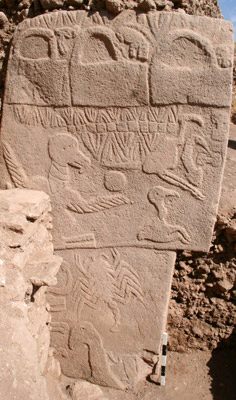
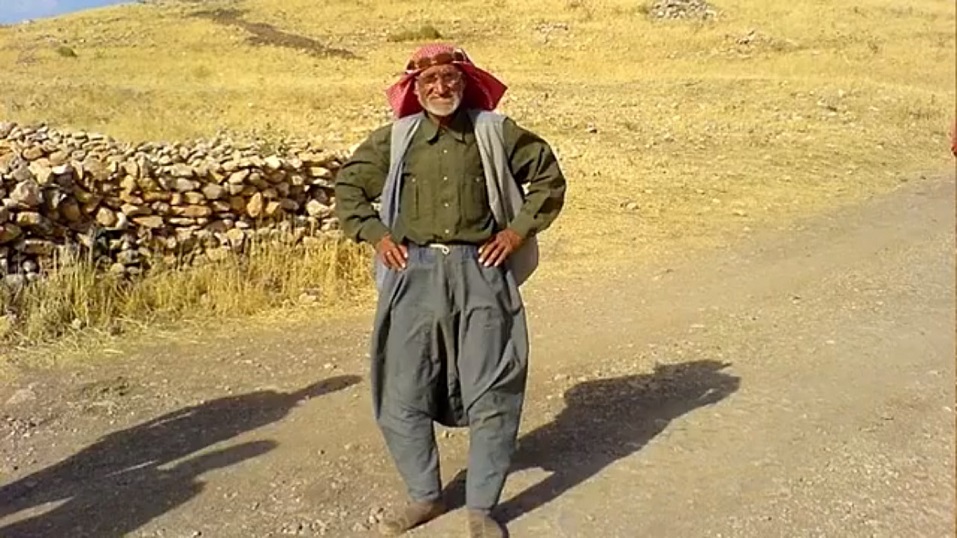
Some day in the end of 1990'ies when the Kurdish farmer Mahmut Kilic plowed his field lying on a big hill next to the Kurdish village of Khirabreshk (*),
the plow stuck in a large rock. At first he tried to break the stone and make the plowing job easier, but he did not succeed. When he dug more
then he saw his head on a T-shaped stone pillar.
The name of the historic hill located in the immediate vicinity of the Kurdish village of Khrabreshk is called in Kurdish and it means Black ruin place:
It is also called also for Girê Miradan which means wishings hill and Girê Navokê which means hill with navel, hub. Turkish invaders changed the name to: "Göbekli Tepe" which means means hill with navel.
A THEORY ABOUT HOW THE TEMPEL COULD BE BUILT
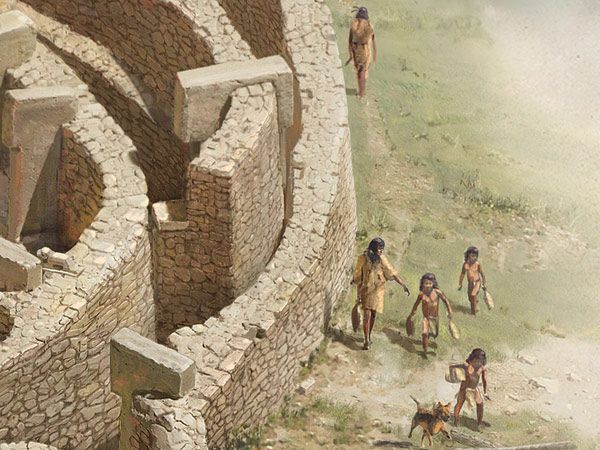
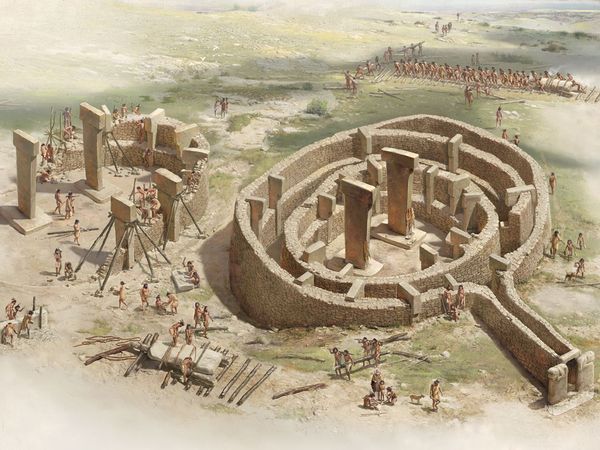
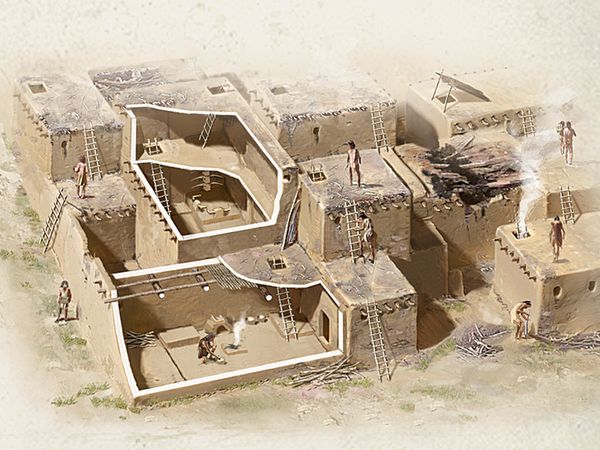
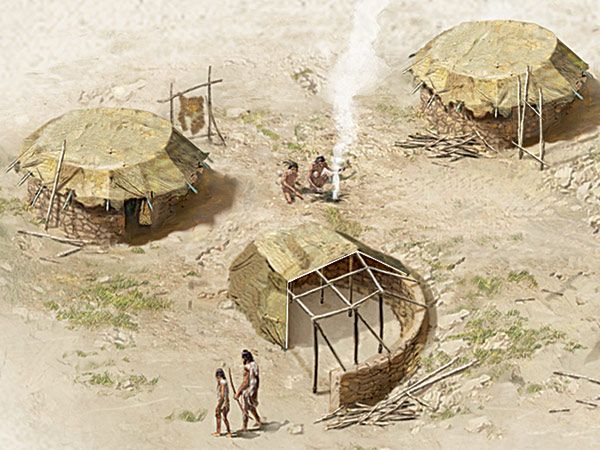
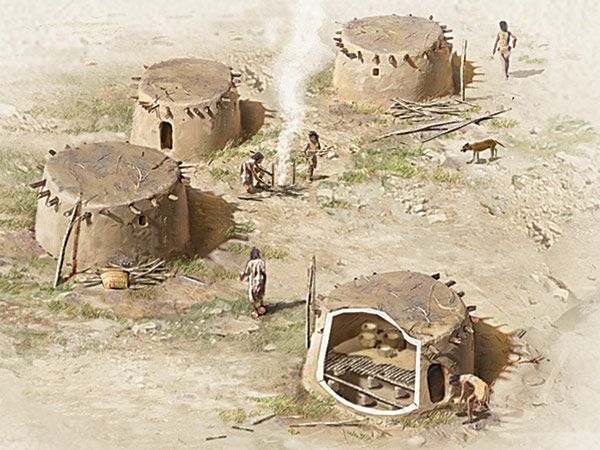
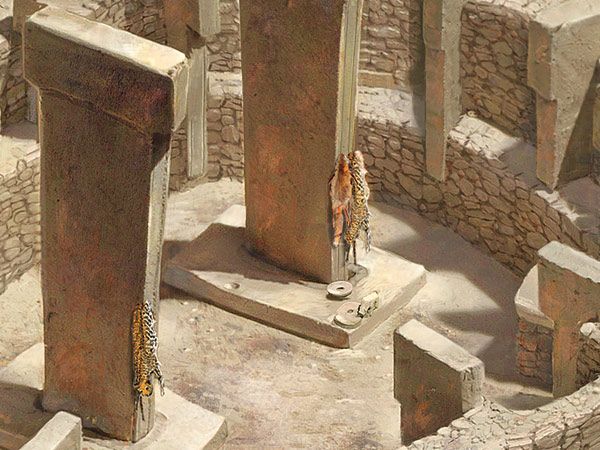
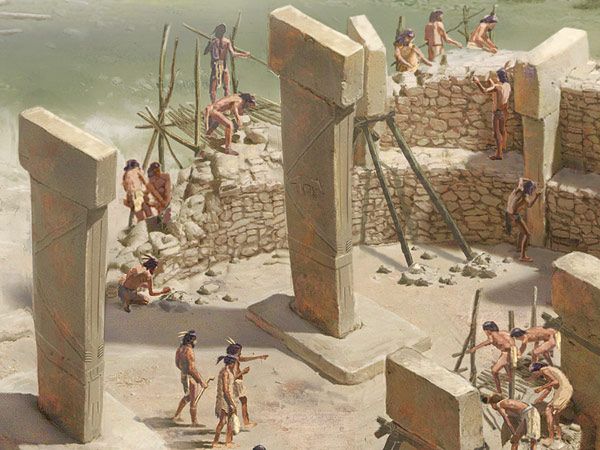

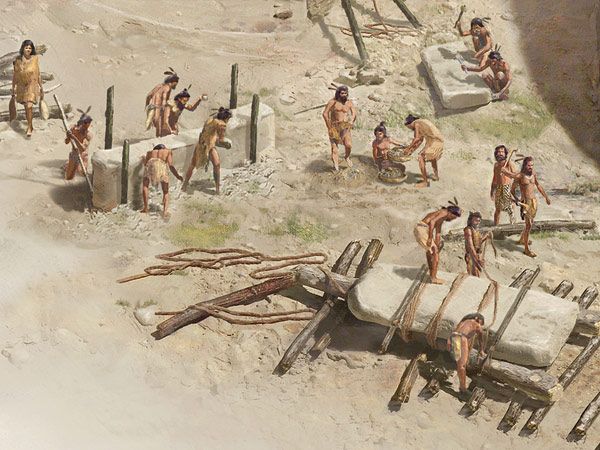
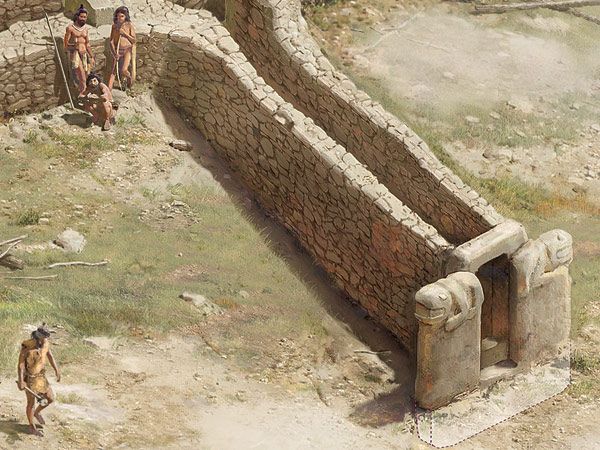
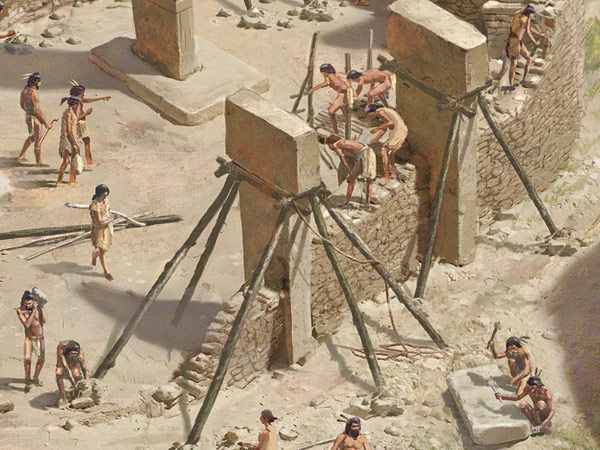
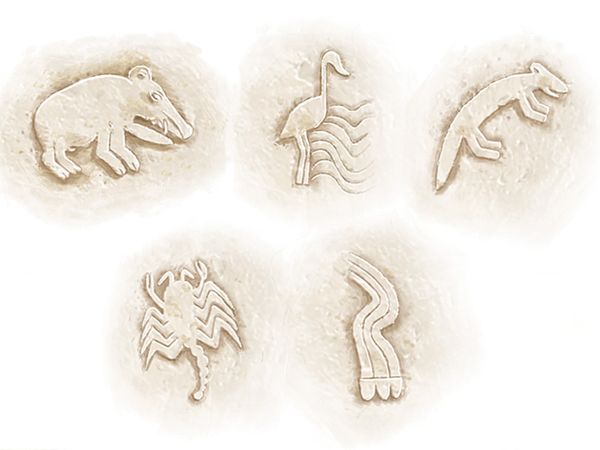

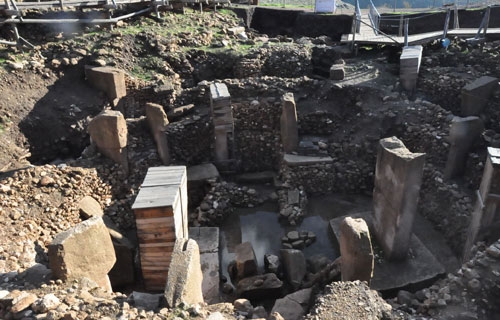
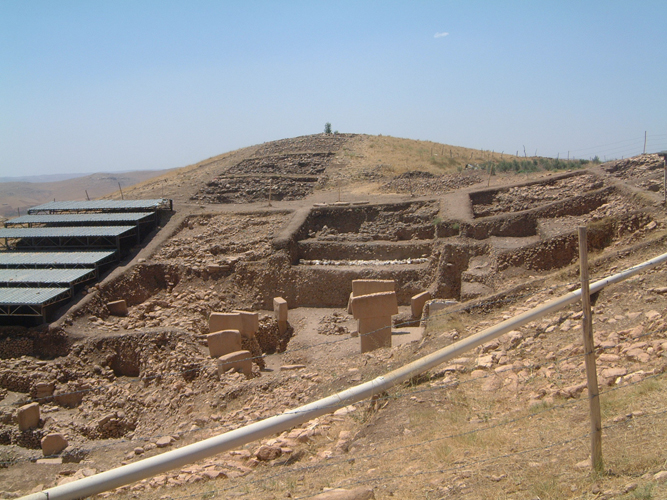
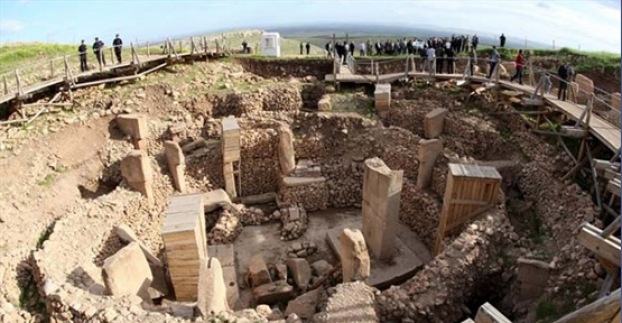
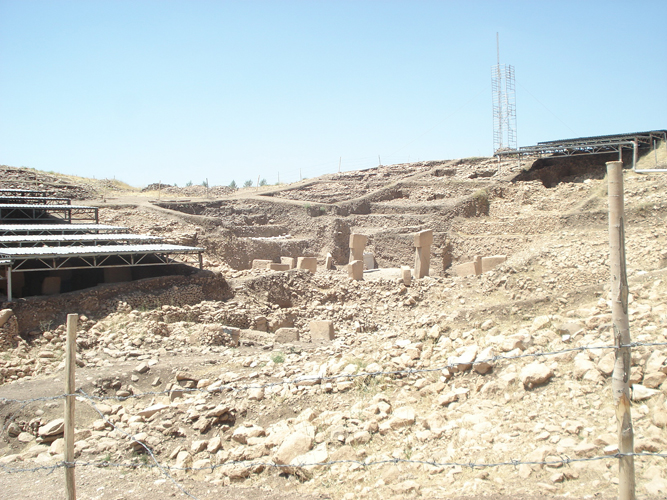
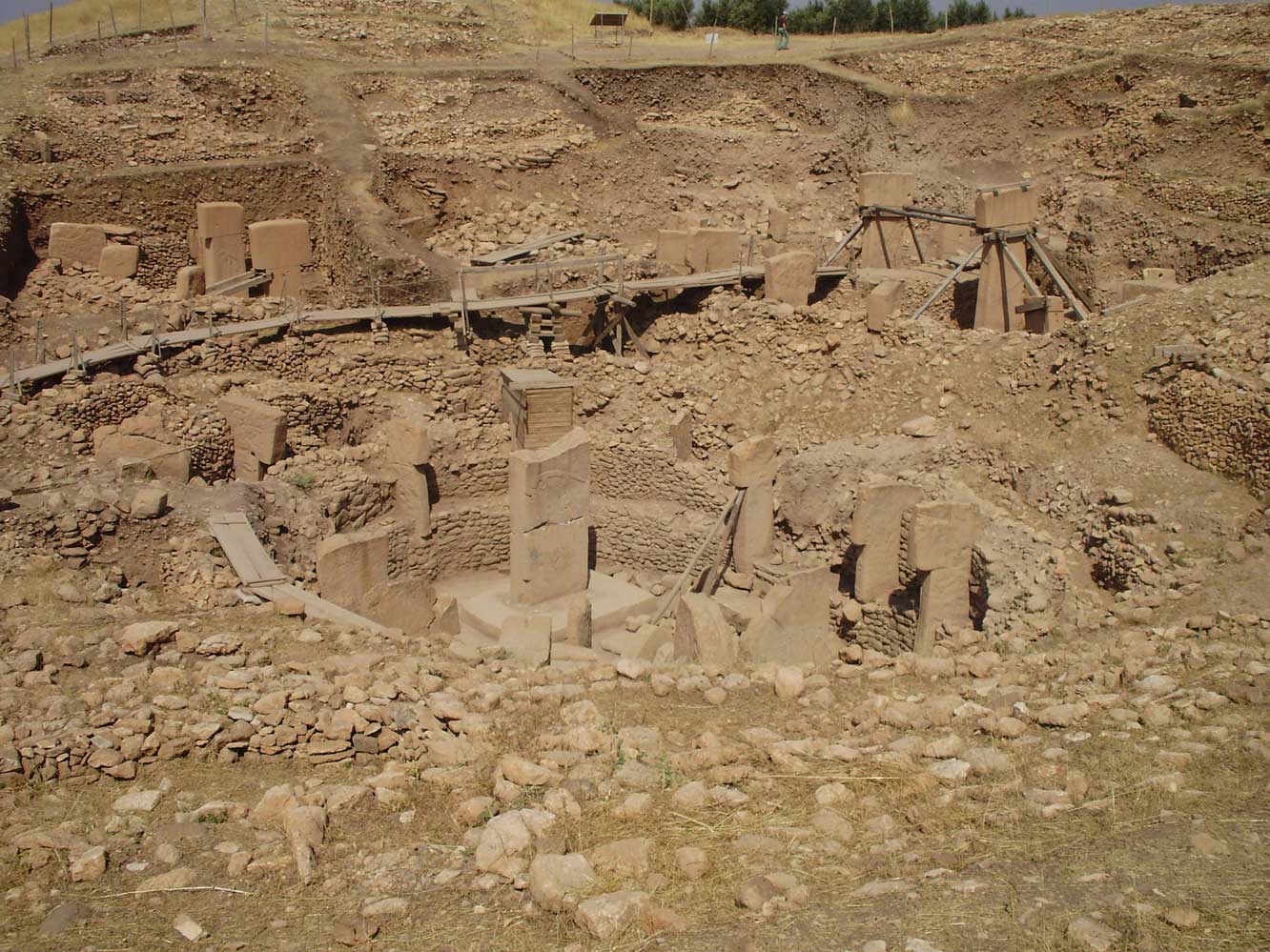
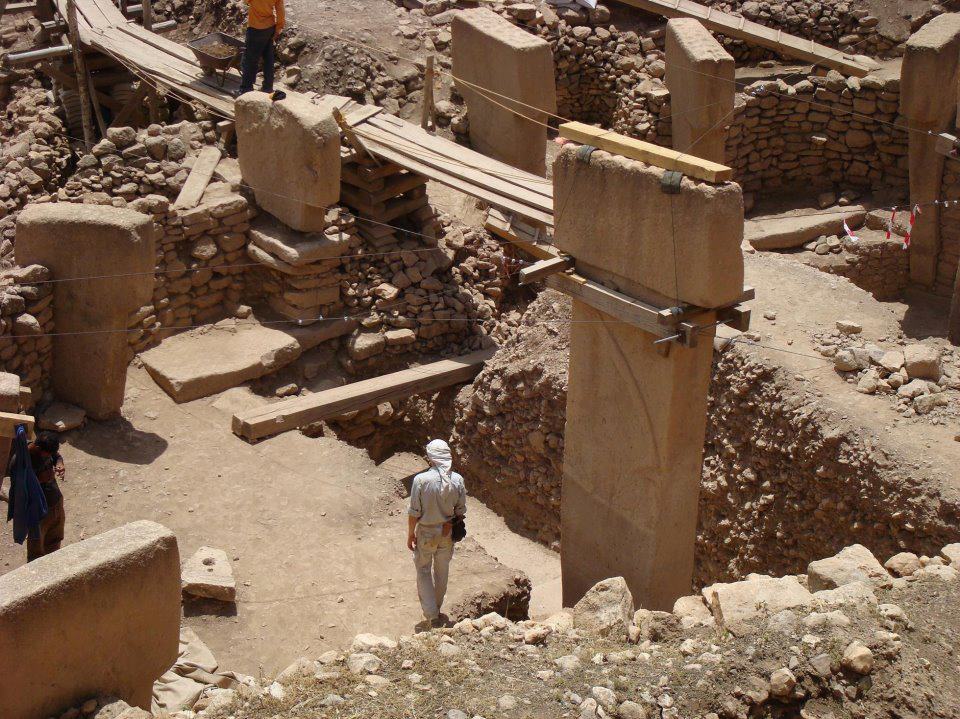

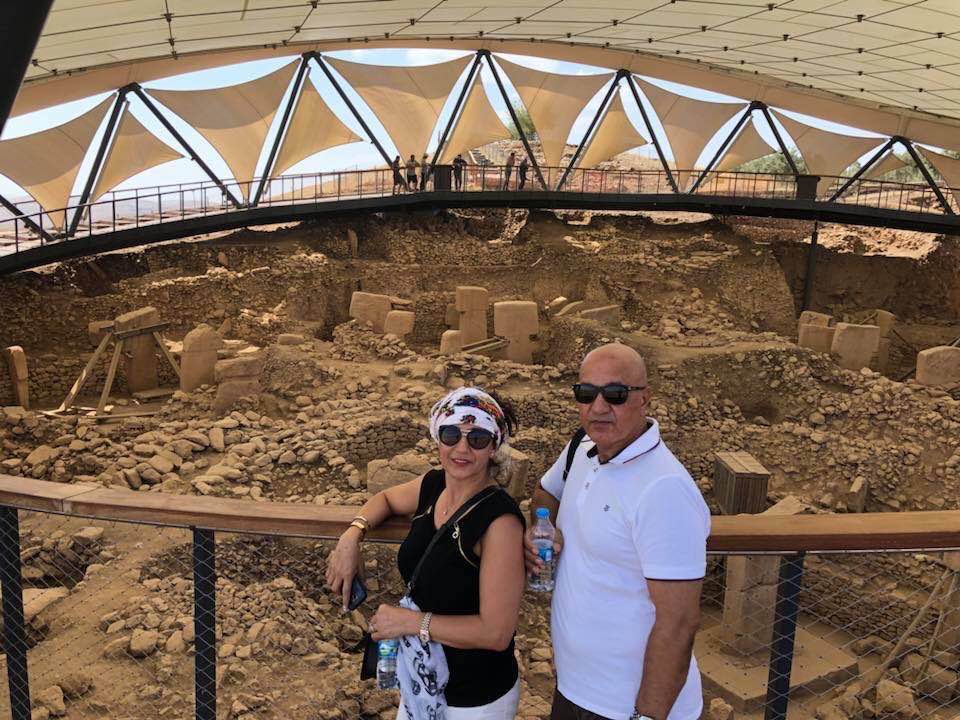
Du tûrîst
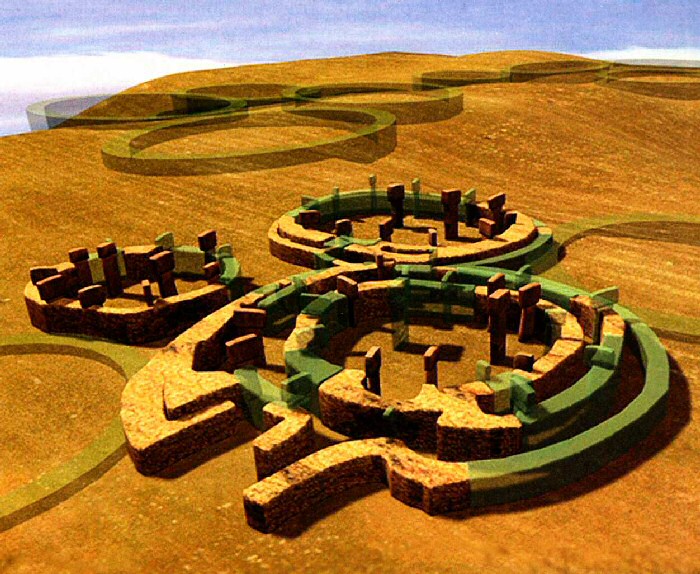
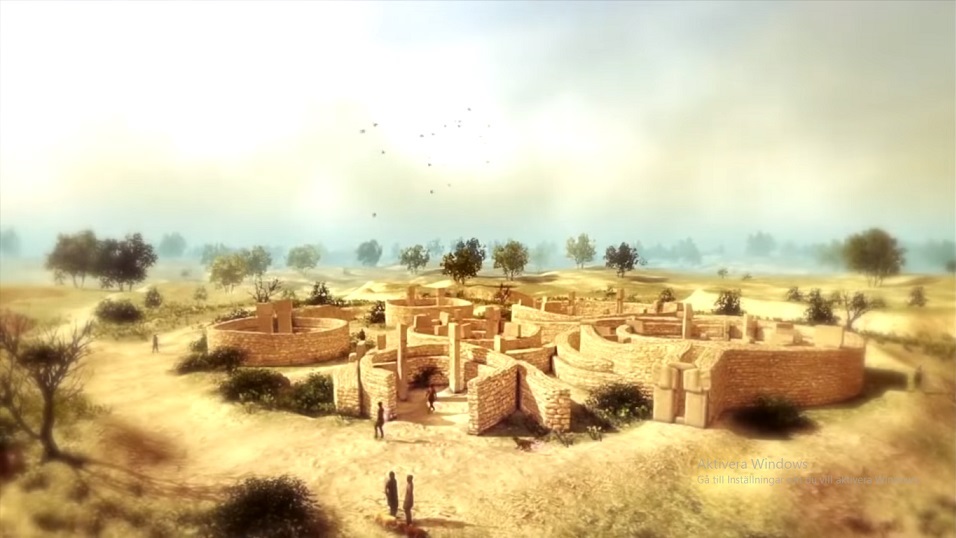
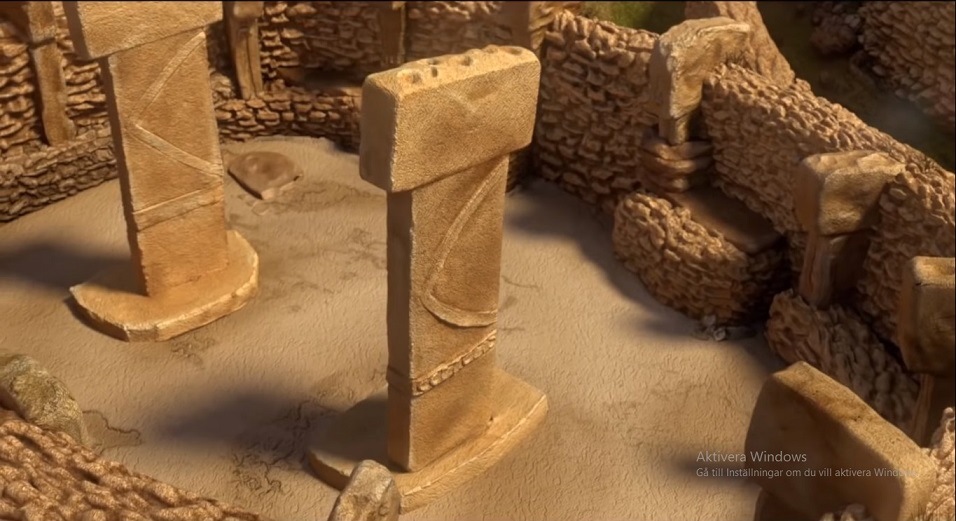
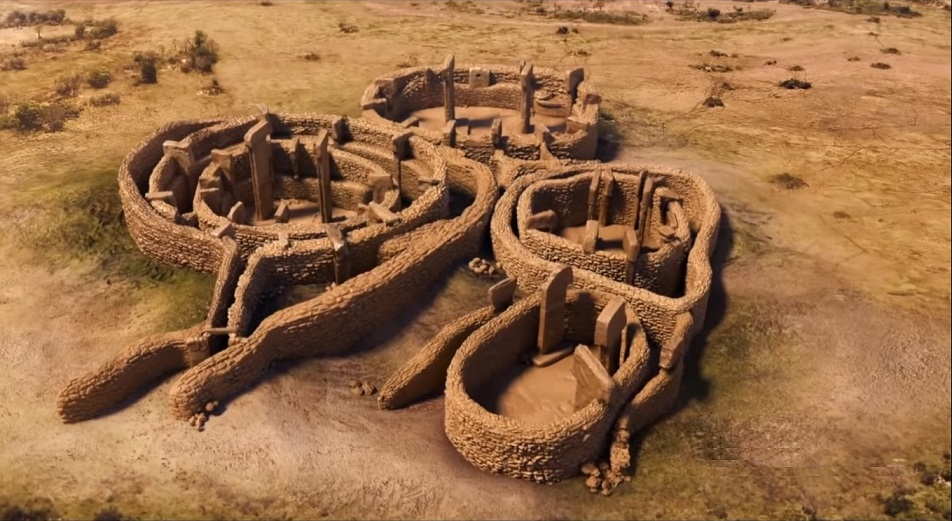
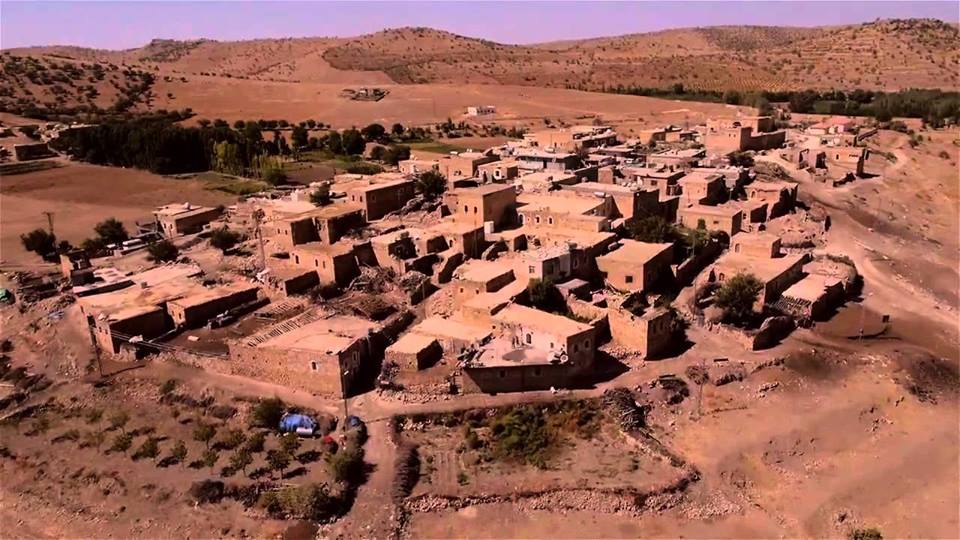
A Kurdish willage. 2000- Even today Kurdish willages retains its old architecture. The houses are built next to each other just as 11 thousand years ago..
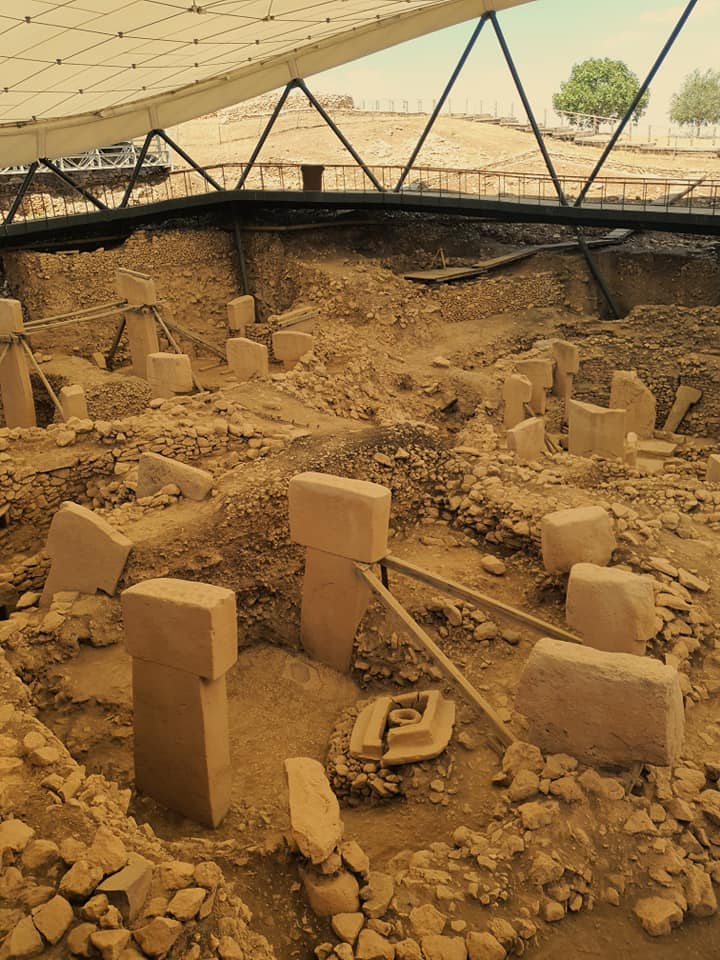
The temple is destroyed by pouring concrete over the site 2018
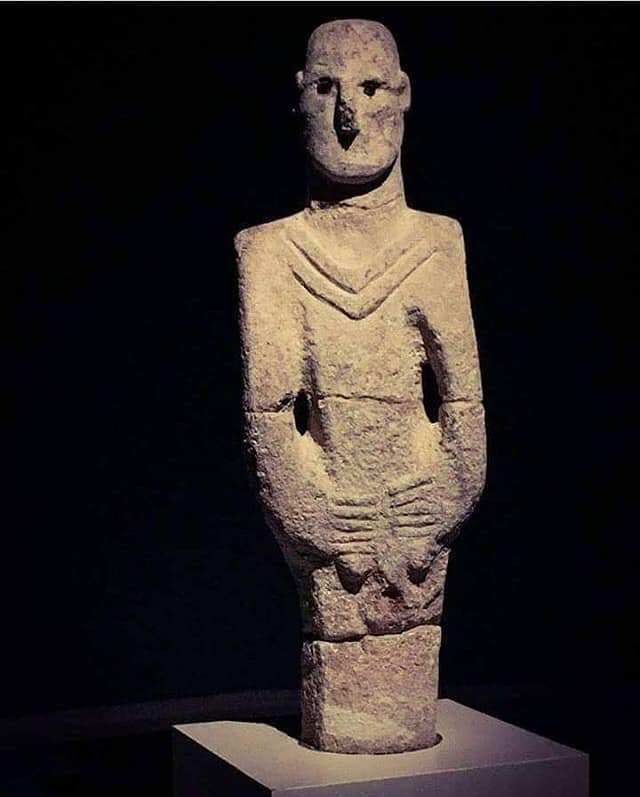
Where are the eyes of the statue? They are stolen from the first day the statue bcame discovered. It were two white shining stones..
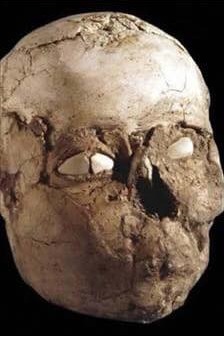
12 bin yıllık Göbekli Tepe kazılarından çıkan kemiklerin DNA'sı ile, buranın yerlisi ve halen burada yaşayanların DNA'sı aynı çıkmış: Kürdler - Yani bu millet 12 bin senedir burada yaşıyor.
Ne iyi ki DNA sırrına vakıftır artık insanlık. Ve yine ne iyidir ki bu sır kürd düşmanlarının elinde değil, yoksa yine kürdlerin yerine başka milletleri koyarlardı. Ve hatta kürdlerle mukayese edildiğinde daha yeni bugün bu bölgeye gelmiş kendilerini, yani türkleri bile kürdlerin yerine koyarlardı. Zaten böyle yapmaya çalışyorlar, ama bir türlü beceremiyorlar ve asla beceremeyecekler de. Nasıl ki güneş balçıkla sıvanamıyorsa, aynı şekilde de gerçekler hiçbir zaman örtbas edilemez.
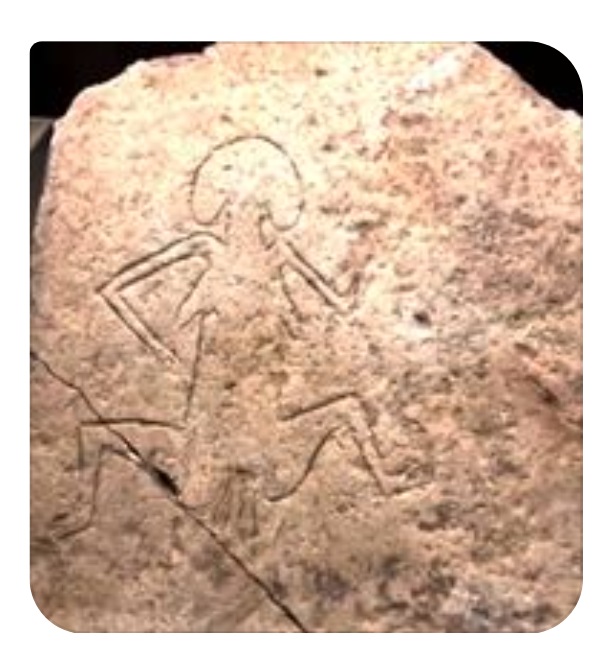
Woman giving birth Edessa / Urfa Arceology Museum
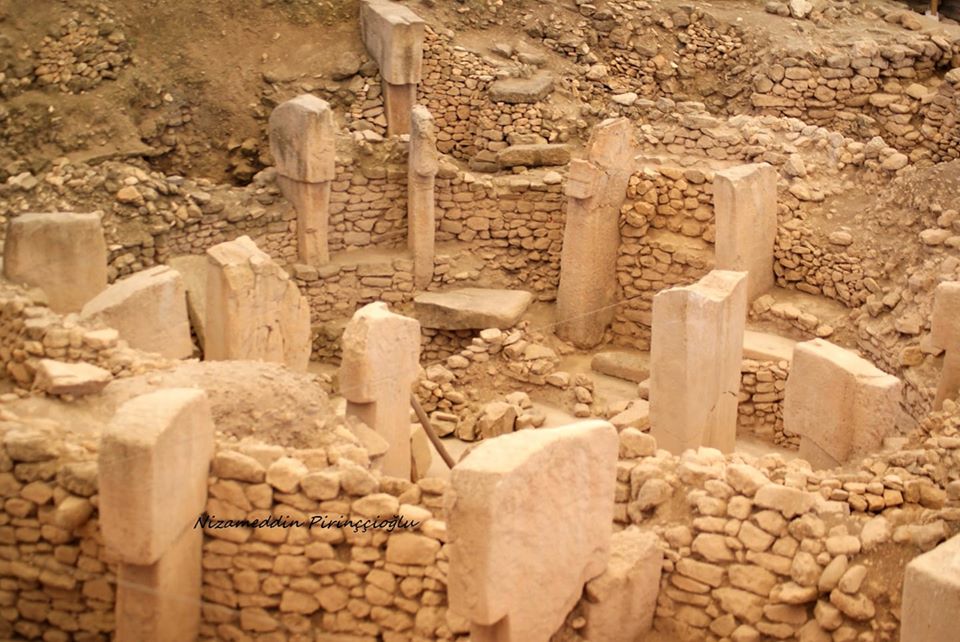
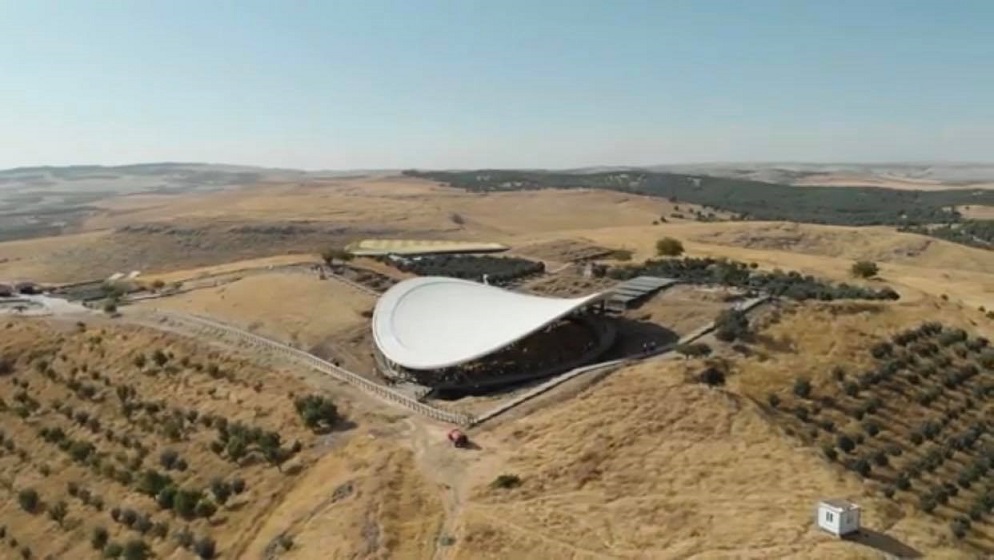
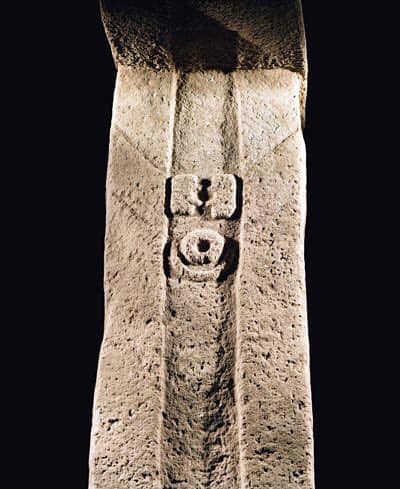 |
 |
Gobekli Tepe & Black Hole (A photo of the black hole taken first time everby Katie Bouman 4/2019)
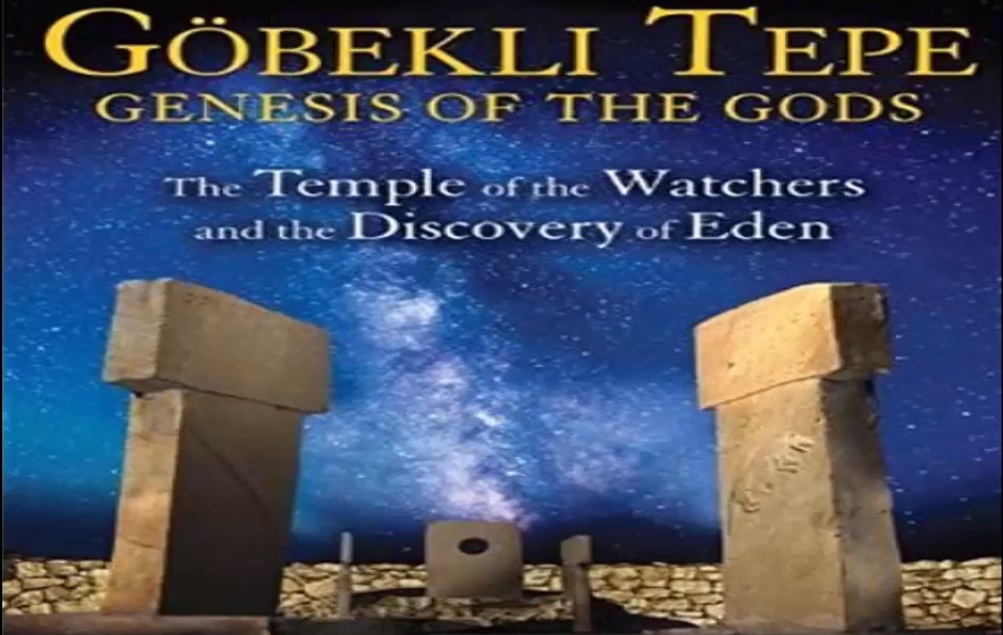
THE MOST LOGICAL THEORY ABOUT THE REASON TO BUILD THE CONSTRUCTION OF GÖBEKLI TEPE(*) – THE OLDEST TEMPEL OF THE WORLD
Göbekli Tepe is a name familiar to anyone interested in the ancient history and mysteries. Billed as the oldest stone temple in the world, it is composed of a series of megalithic structures containing rings of beautifully carved T-shaped pillars. It sits on a mountain ridge in southeast Anatolia, Kurdistan 13 kilometers from the ancient city of Ruha (today Urfa), close to the traditional site of the Garden of Eden. For the past ten thousand years, its secrets have remained hidden beneath an artificial, belly-shaped mound of earth some 300 m by 200 meters in size. Agriculture and animal husbandry were barely known when Göbekli Tepe was built, and roaming the fertile landscape of southwest Asia were, we are told, primitive hunter-gatherers, whose sole existence revolved around survival on a day-to-day basis. In this video we will try to answer the various questions that have been left unanswered since its discovery. Who created Gobekli Tepe, and why? More importantly, why did its builders bury their creation at the end of its useful life? In attempt to answer these questions, we are inspired by the book entitled, Göbekli Tepe: Genesis of the Gods.
Göbekli Tepe: Who Built it, Göbekli Tepe is a name familiar to anyone interested in the ancient history and mysteries. Billed as the oldest stone temple in the world, it is composed of a series of megalithic structures containing rings of beautifully carved T-shaped pillars. It sits on a mountain ridge in southeast Anatolia, Kurdistan, just 13 kilometers from the antiques city of Ruha (today Urfa), close to the traditional site of the Garden of Eden. For the past ten years, its secrets have remained hidden beneath an artificial, belly-shaped mound of each some 300 m by 200 meters in size. Agriculture and animal husbandry were barely known when Göbekli Tepe was built, and roaming the fertile landscape of southwest Asia were primitive hunter-gatherers, whose sole existence revolved around survival on a day-to-day basis. We will try to answer various questions that have been left unswered since its discovery. Who created Göbekli Tepe, and why? More importantly, why did its builders bury their creation at the end of its Useful Life? *** In attempt to answer these questions, we are inspired by the book entitled, Göbekli Tepe: Genesis of the Gods. In this book there are compelling evidence that the myths of the Watchers of the book of Enoch and the Anunnaki of Mesopotamian myth and legend are memories of the Göbekli Tepe builders and their impact on the rise of civilization. It is also believe that Göbekli Tepe was constructed by a hunter-gatherer population still in fear following a devastating cataclysm that nearly destroyed the world. A comet impact that science today recognizes as having taken place around 12 900 years ago, with terrifying aftershocks that lasted several hundered years afterward. Yet it seems unlikely that those who came up with a plan to counter the innate fear of another cataclysm were the indigenous population. This appears to have been orchestrated by members of an incominmg culture, composed of groups of shamans, warriors, hunters and stone tool specialists of immense power and charisma. Their territories, across which they traded diffrent forms of flint, as well as hematite, used as red ochre, streached from the Carpathians in the west to the Russian steppes and plain in the easts. More incredibly, anatomical evidence points to them being of striking appearance - tall, with extremely long heads, high cheekbones, long faces, large jaws, and strong brow ridges, which some have seen as evidence they were Neanderthal human hybrids. So who were these people? The answer lies in the rise of the Swiderians whose mining operations in Poland"s Swietokrzyskie (Holy Cross) Mountains are among the earliest evidence of organized mining activities anywhere in the world. These advanced society, who thrived in both Central and Eastern Europe around the time of the comet impact event of 10 900 BC was responsible for the foundation of various important post-Swiderians cultures of the Mesoliyhic age as far north as Norway, Finland and Sweden, as far south as the Caoucasus Mountains and as far east as the Upper Volga river of Central Russia. The Swiderians' higly advanced culture, which included a sophisticated stone tool technology, was derived from their distant ancestors, the Eastern Gravettian peoples that thrived between 30 000 and 19 000 BC in what is today the Czech Republic and further east on the Russian Plain. In around 10 500 BC It's believe that Swiderians groups moved south from the East European Plain into eastern Anatolia. Here they gained control of the regional trade in the black volcanic glass known as obsidian at places like Bingol Mountain in the Kurdistan Highlands and Nemrut Mountain an extict volcano to the shores of the Lake Wan Anatolia's largest inland sea. This brought them into contact with the communities who would later be responsible for the construction of Göbeli Tepe around 9500-9000 BC. Everything suggests the Swiderians possessed a sophisticated cosmoloy gained in the part from their cousins the Solutreans of Central and Western Europe, who were themselves related to the Eastern Gravettian peoples. They believed in a cosmic tree supporting the sky world entered via the Great Rift-the fork or split in the Milky Way caused by the presence of stellar dust and debris - corresponding to the position in the northern heavens occupied by the stars of Cygnus, the celestial swan (a. k. a. the Northern Cross). The Swiderians believed also that birds were symbols of the astral flight, and that this was the manner in which the shaman could reach the sky world. In Europe the bird most commonly associated with these beliefs and practices was the swan, while in Southwest Asia it was the vulture, a primary symbol of death and transformation in the early Neolithic age. Both birds are identified with the Cygnus constellation. Using this guise the shaman could enter the sky world and counter the actions of the supernatural creature seen as responsible for cataclysms like the comet impact of 10 900 BC, referred to by scientists today as the Younger Dryas Boundary (YDB) event. This cosmic trickster was seen to take the form of a sky fox or sky wolf, embodied perhaps in the leping foxes carved in relief on the inner faces of key pillars at Göbekli Tepe, and remembered also as the Fenris-wolf responsible for causing Ragnorak, a major cataclysm preserved in Norse mythology. Also accross Europé, and into Southwest Asia, accounts exist of supernatural foxes and wolfes that have attempted to endanger the sky pillar supporting the starry canopy, an act that if achieved would have brought about the destruction of the world. Someone realized that only by allaying people’s fears regarding the immense potency of the cosmic trickster could stability be truly restored to the world. And whenever this supernatural creature returned to the heavens in the guise of a comet-seen as a visible manifestation of the sky fox or sky wolf – it would be the shaman’s role to enter the sky world and counter its baleful influence, as primary motivation that is believe to be behind the construction of the Göbekli Tepe. Yet there where clearly other reasons for the construction of Göbekli Tepe. Its stone enclosures served, most likely, as womb chambers, places where the shaman entered into a primal state after passing between the enclosures’ twin central pillars. These enoormous monoliths, sometimes 5.5 meters in height, and weighing as much as 15 metric tonnes a piece, acted as otherworldly portals to invisible realms. This could be considered true star gates in every sense of the word. And their target: the setting down on the local horizon of Deneb. Cygnus’s brightest star, which marked the start of the Mily Ways’s Great Rift, a played by Deneb as early as 16 500 – 14 000 BC At this time Deneb acted as Pole Star, the star closest to the celestial pole during any particular epoch. Even after Deneb ceased to be Pole Star around 14 000 BC, due to the effects of precession (the slow wobble of the earth’s exis scros a cycle of approximately 20 000 years), its place was taken by another Cygans star, Delta Cygni, which held the position until around 13 000 BC. After this time the role of Pole Star went to Vega in the constellation of Lyra, the celestial lyre. When arround 11 000 BC Vega moved out of range of the celestial pole, no bright star replaced it for several thousand years. This means that when Göbekli Tepe was constructed, about 9500-9000 BC, there was no Pole Star. It was for this reason that Deneb, and the Milky Ways’s Great Rift, retained their significance as the main point of entry to the sky world, making it the primary destination of the shaman. Standing walls erected in the north-northwestern section of the walls in two key enclosures at Göbekli Tepe bore large holes that framed the setting of Deneb each night, highlighting the star’s significanse to the Göbekli Tepe builders, and showing the precise direction in which the shaman should access the sky world. Do they have cosmic knowledge? Everywhere you look at Göbekli Tepe there is confirmation that it builders shared a sense of connection with the cosmos. From the strange glyphs and ideograms on the varrious stones, which include symbols resembling the letters C and H to the twelvfold division of stones in the various enclousres’ there is powerful evidence that these 11 000-years-old tempel resonate the influence of the celestial heavens. The H glyphs seem to relate to the shaman’s journey from this world to the otherworld, while the C glyps are almost certainly slim lunar crescents signifying transtion from one lunar cycle to the next. Even the design of the enclosures appears to have cosmic significance. Invariably the structures are ovoid in shape with a length to breadth ratio of 5.4 numbers that could hint at the Göbekli Tepe builders’ profound awareness or cosmic time cycle not usualy thought to have been understood until the age of Plato. If Swiderians group were the shamanic elite responsible for Göbekli Tepe, then there is every chance that the cosmic knowledge encoded into its construction came, at least in part, from highly envolved individuals who were by nature Neanderthal-human hybrids of striking pyhsical appearance. These people were most likely the product of interactions between Neanderthals and Anatomically Modern Humans at the dawn of the Upper Paleolithic age, c. 40 000-30 000 BC. This is a very exciting realization that tells us that we might well have underestimated the dynamic polency of hybridization in the formative years of human history. Over a period of around 1500 years twenty or more major enclosures were constructed within the gradualy emerging occupational mound of Göbekli Tepe. Old enclosures were periodically decommissioned, deconsecrated and covered over, quite literaly ”killed”. At the end of their usefull lifes. New structures were built to replace them, but as time went on they became much smaller in construction, until eventually the cell-like buildings were to larger than a familly sized Jacuzzi with pillars no more than five feet. Somehow the world had changed, and the impetus for creating gigantic stone temples with enourmous twin monoliths at their centers was no longer there. Cygnus constellation. It was a concept dimly remembered in the name Göbekli Tepe, which means navel-like hill. The Serpent-headed People Even after Göbekli Tepe was abandoned, its memory, and those of the ruling elite its construction, lingered on among the Halaf and Ubaid peoples who floorished during the latter half of the Neolithic age c. 6000-4100 BC. Like their predecessors, they gained control of the all-important obsidian trade at places such as Bingöl Mountain and Nemrud Dag, close to Lake Wan. Their elites who would appear to have belonged to specific family groups, artificially deformed their already elongated heads, not only to denote their status in society, but also quite possibly to mimic the perceived appealeance or great ancestors, seen to have possessed extremely long heads and faces. It is very possible that these great encestors are perhaps represented by the snake-or reptilian-headed clay figures found in several Ubaid cemeteries. What in your view do you think was responsible for the building of Göbekli Tepe?
*) The real name of Göbekli Tepe is Girê Navoke (Navel-like hill in Kurdish). Since this hill concidered by inhabitants living arround the hill to be a holy site it's also called Girê Miradan (which means Hill of Whishes). The villagers called the place Khirabreshk too, it means the Black Ruins. But the Turks who trying to turkify Kurdish people and their country Kurdistan, changed the name of this place to Göbekli Tepe in 1930'ies.
|
GIR ÇETEL
[turkish: Çatal Höyük, loan from Kurdish Language]
GIR "tumulus" + ÇETEL "fork" was a very large Neolithic and Chalcolithic proto-city settlement in southern Anatolia, (Obs NOT Turkey)
which existed from approximately 7100 BC to 5700 BC, and flourished around 7000 BC.
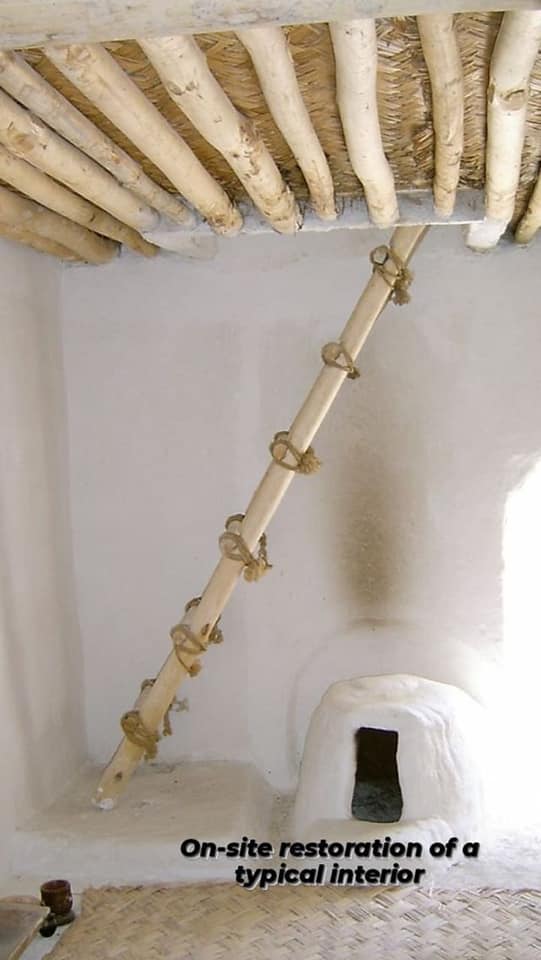
They used to enter the first housings with the help of a ladder from the roof so as not to let in wild animals.
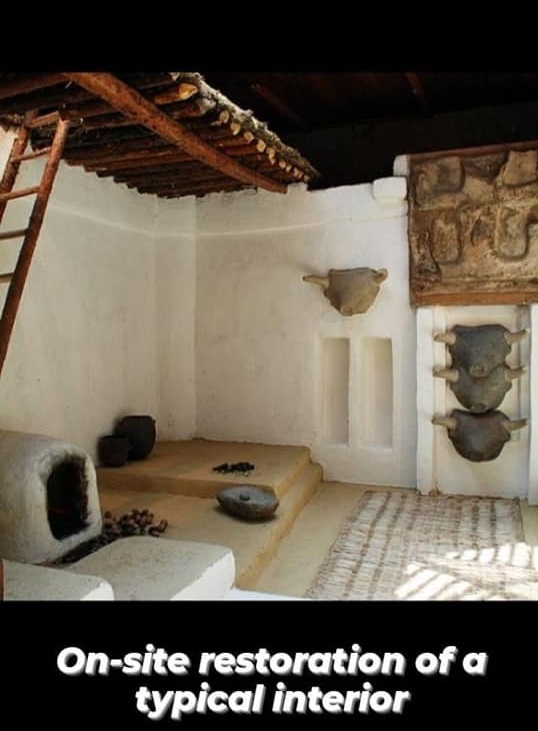
They used to enter the first housings with the help of a ladder from the roof so as not to let in wild animals.
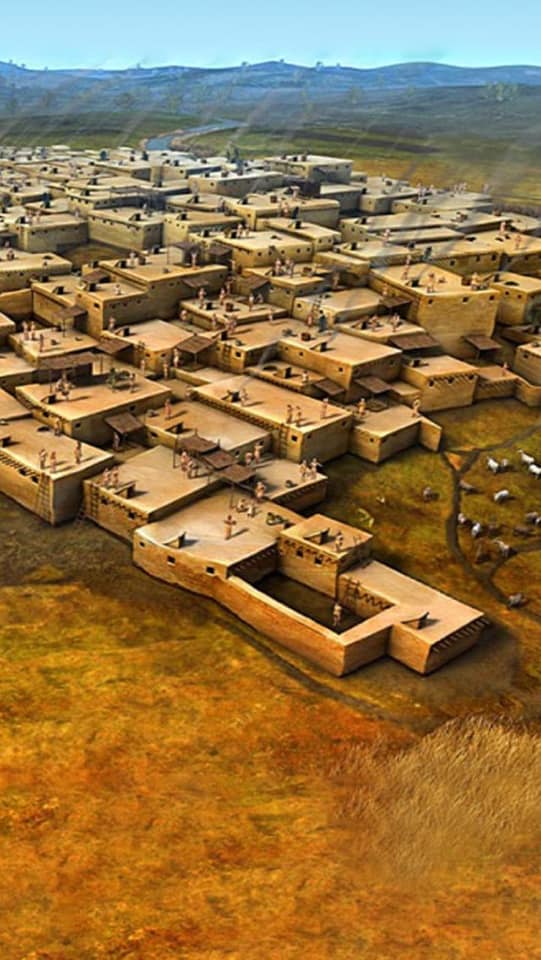
They used to enter the first housings with the help of a ladder from the roof so as not to let in wild animals.
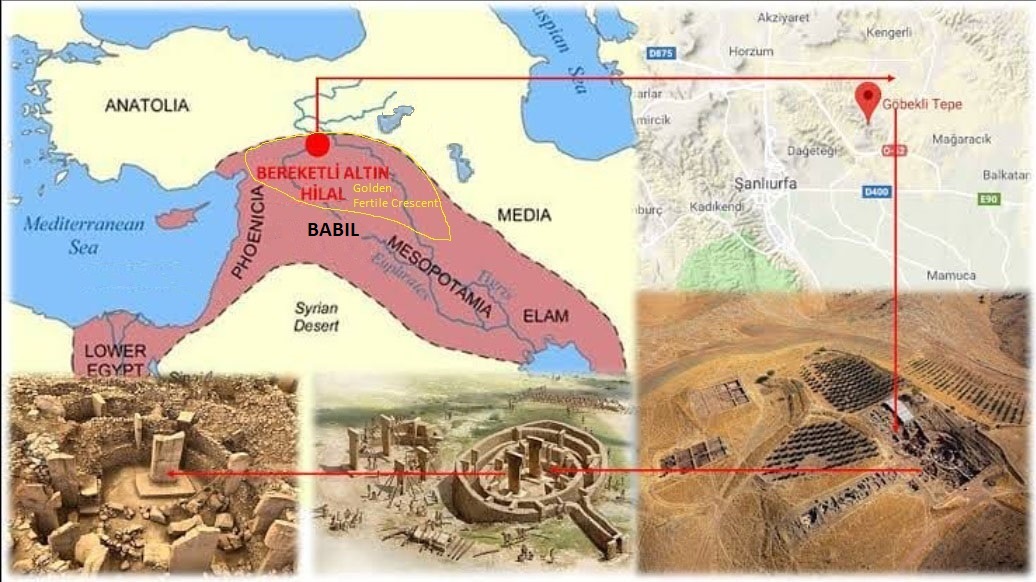
Kürd Tarihi o kadar eski ve derindir ki PRE.HİSTORİKTİR. Yani Ferdinand Hennerbichler'in dediği gibi: “Kürtlerin atalarının izlenebilir en erken başlangıçta Yakın Doğu ve Avrasya’nın kuzeybatısında Cilalı Taş Devri, Kuzey Bereketli Hilal topraklarının yerli halkı olduğunu açıkça görülmektedir.”
EZDÎ'LER & GÖBEKLİ TEPE / KARAHAN TEPE / GIRÊ FILLA
Göbeklitepe, Karahantepe Harran tarihi Kürdistan'ın taş tepeleri şehirleşmenin, medeniyetin başlangıcı olabilir. Öyle görünüyor ki insanlık orda medenileşmiş ve yayılmıştır. Medeniyet tarihinin başlangıcı orasıdır. Adam her ne kadar inançsal konulardan uzak dursa dahi tarih ve veriler adamı olayın göbeğine sürüklüyor. Bu bağlamda: Kuzey, Batı ve Güney Kürdistan sınırında bir bölge olan Yukarı Mezopotamya'nın zulme uğrayan ve acı çeken ezidi halkının olağandışı tek tanrılı dininde ek bir ipucu bulunabilir. İnançları, Tanrı'nın yedi meleğine odaklanır, bunlardan ilki Melek-i Taus'tur.
Tanrı tarafından yeni bir yaratılış -insanlığa- saygı göstermesi için emredildiği, ancak Tanrı'nın emrini reddettiği söylenir.
İslam teolojisinde bu, melek tarafından bir isyan olarak kabul edilirken, Ezidi inancında düzenin baştan beri bir imtihan olduğu ortaya çıkar. Ezidilerin alışılmadık teolojisi nedeniyle -neredeyse İbrahimi, (sami dinlerinin başkangıcı) ancak görünüşte çok farklı bir şey- tarih boyunca çok tanrılı olarak tanımlandı veya şeytana tapanlar olarak iftira edildi.
Bu suçlama, çünkü ezidiler eski ve karanlık sırların koruyucuları oldu. Bu insanların kadim bilginin koruyucuları olduğu konusunda gerçekler sözkonusudur. Melek-i Taus'un Cennet Bahçesi'nde Adem'e sunduğu yasak meyve BUĞDAY MI?
Göbeklitepe, Karahantepe The stone hills of Harran may be the beginning of urbanization and civilization. It seems that human history spread and civilized there.
Even though I stay away from religious issues, I find myself at the heart of history and data.
In this context: an additional clue can be found in the unusual monotheistic religion of the oppressed and suffering Yazidi people of Upper Mesopotamia, a region bordering Iraq, Syria and Turkey. Their beliefs focus on the seven angels of God, the first of which is the Angel Taus.
It is said that he was commanded by God to honor a new creation - humanity - but rejected God's command.
While in Islamic theology this is accepted as a rebellion by the angel, in the Yazidi faith, order turns out to be a test from the very beginning. Because of the unconventional theology of the Yazidis—something almost Abrahamic, (the premier of the Semitic religions) but very different in appearance—they have historically been described as polytheistic or slandered as devil worshipers.
This accusation is because the Yazidis are guardians of ancient and dark secrets.
There may be some truth to the fact that these people are the guardians of ancient knowledge. The forbidden fruit that the angel Taus offered to Adam in the Garden of Eden?
WHEAT?
THE OLDEST TEMPEL IN THE WORLD - Youtube
DÜNYANIN EN İLK MABEDİ KÜRDİSTAN'da
EL PARAÍSO TERENAL EN EL KURDISTÁN
KURDISTAN - Vetets hemland
PREHISTORIC SITE OF XIRABRESHK (Girê Navokê) 'Göbekli Tepe'
HISTORICAL
RUINS IN KURDISTAN
JEWISH KURDS